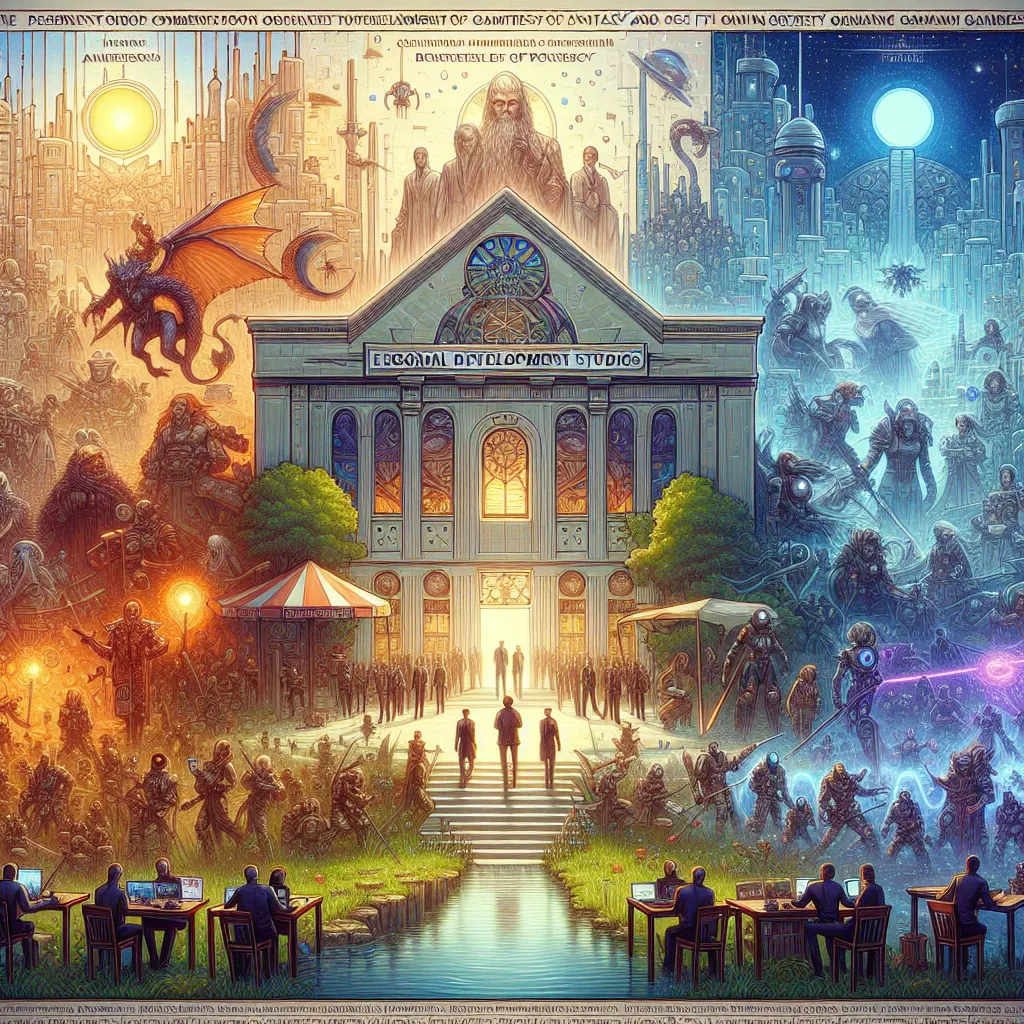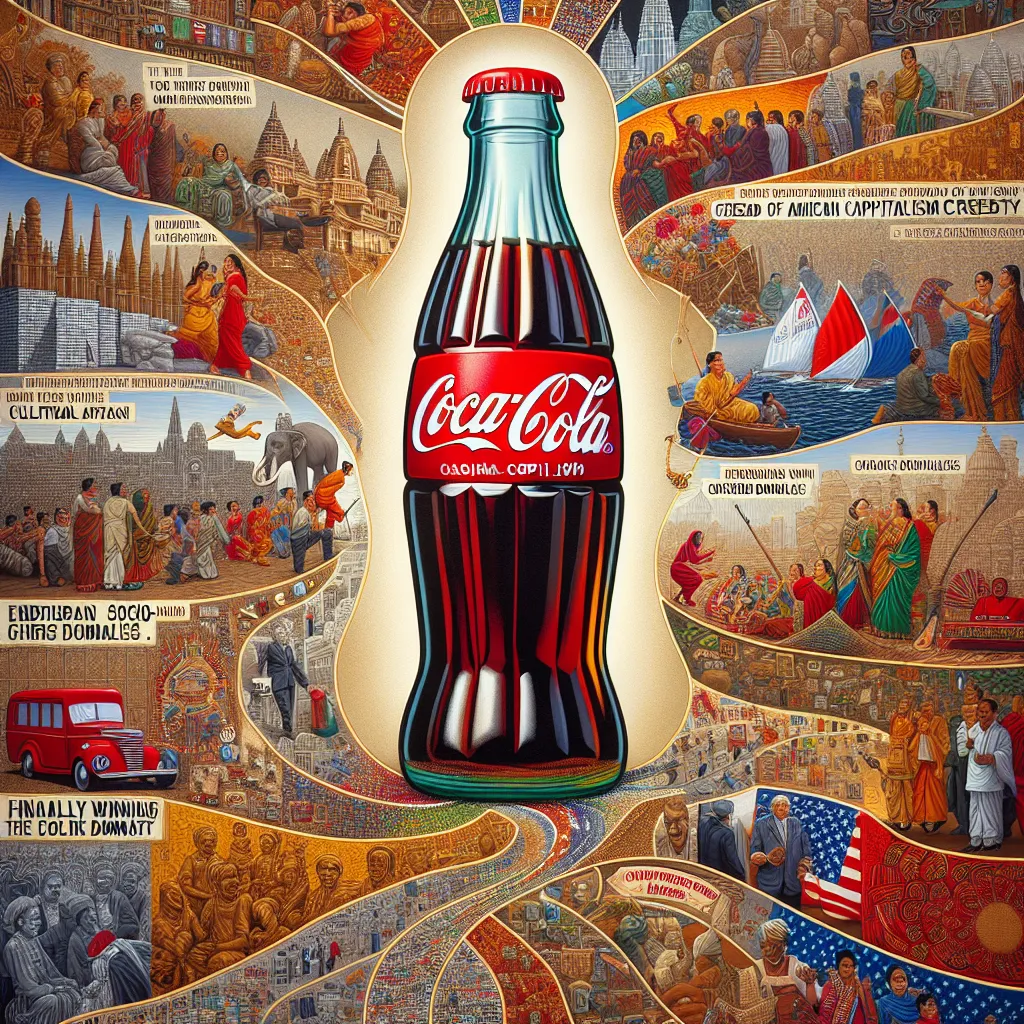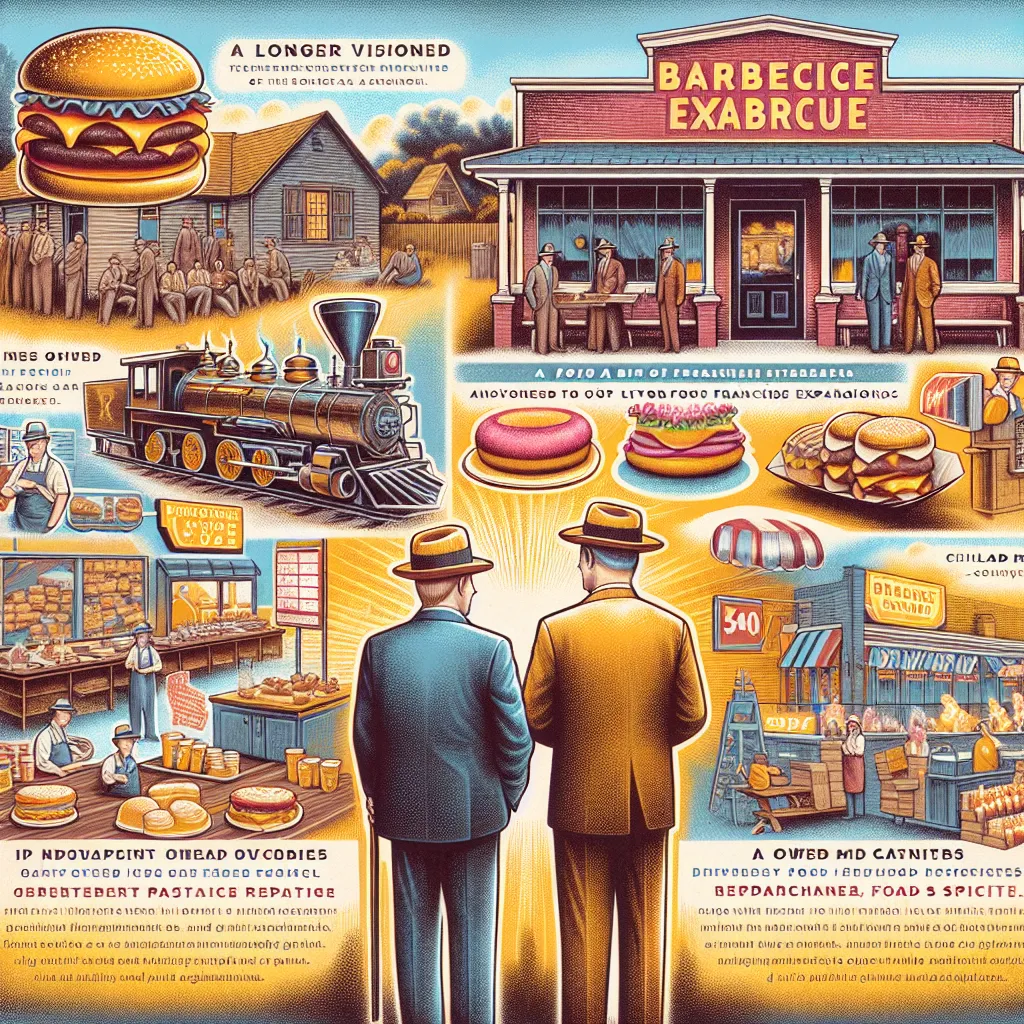In 2016, players of Blizzard Entertainment’s games invested an impressive five million years’ worth of gameplay. This isn’t too surprising given Blizzard’s development of some of the most popular video game franchises in history. Today, I’m diving into the fascinating history of Blizzard Entertainment.
Blizzard’s story begins in California in 1991 under the name Silicon & Synapse, founded by friends Allen Adham, Michael Morhaime, and Frank Pearce. Initially, they didn’t create original games but worked on porting existing ones to other systems. Their first original works, Rock n Roll Racing and The Lost Vikings, marked the start of their journey. In 1994, they were bought by Davidson & Associates, an educational software company, which led to a name change to Chaos Studios and finally, Blizzard Entertainment.
Blizzard hit gold with the release of Warcraft: Orcs & Humans in 1994, tapping into the growing strategy game genre and the popularity of Dungeons and Dragons. Despite frequent corporate takeovers—from Davidson & Associates to an array of other companies, ending with Vivendi—their day-to-day operations remained mostly unaffected.
The success of Warcraft led to the release of Warcraft 2, which solidified their place in the RTS genre. They also acquired Condor Games, which was working on Diablo, the beginning of another major franchise for Blizzard. They innovated by developing Battle.net, an online platform that simplified multiplayer gaming. This was revolutionary because it allowed players to pay a fixed fee for access, as opposed to renting server space at steep hourly rates.
Their next major success came with Starcraft in 1998. Fully integrated with Battle.net, Starcraft quickly grew the platform’s users by over 800%. The game became legendary, maintaining a vibrant esports scene decades later.
Rather than rushing new franchises, Blizzard focused on developing their existing titles, which paid off with hits like Warcraft 3 and Diablo 2. Warcraft 3, in particular, was notable for its depth in storytelling and for creating the MOBA genre through a fan mod.
Blizzard’s real game-changer was World of Warcraft (WoW) in 2004. Redefining the MMORPG genre, WoW quickly became a best-seller and cultural phenomenon, especially in Asia. With monthly subscriptions bringing in substantial revenue, WoW kept growing thanks to regular expansions.
In 2008, Blizzard’s parent company, Vivendi, merged with Activision, forming Activision Blizzard. This powerhouse also owns big titles like Call of Duty and Candy Crush, pushing total revenues to $6.6 billion in 2016, with in-game purchases making a significant contribution.
Blizzard’s latest major success, Overwatch, launched in 2016, brought in a billion dollars in revenue within its first year. The game’s popularity soared, particularly in South Korea, where gaming centers called PC Bangs are a hit among young gamers.
Blizzard’s original founders are still around, with Allen Adham even returning in 2016. The company has grown tremendously, from 400 employees focused on two main projects in 2004, to thousands of employees working on a variety of projects today. Their recent ventures include games like the Hearthstone online card game and Heroes of the Storm MOBA, affirming their continued influence in the gaming world.
With a solid revenue of $2.4 billion last year, it’s clear Blizzard has many more successful years ahead, continually shaping the gaming landscape with their innovative approach.






